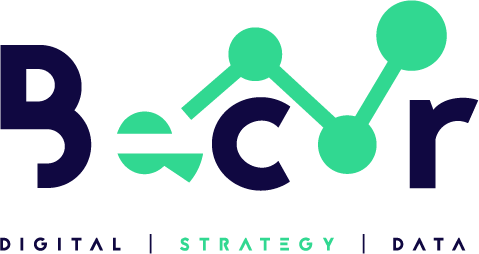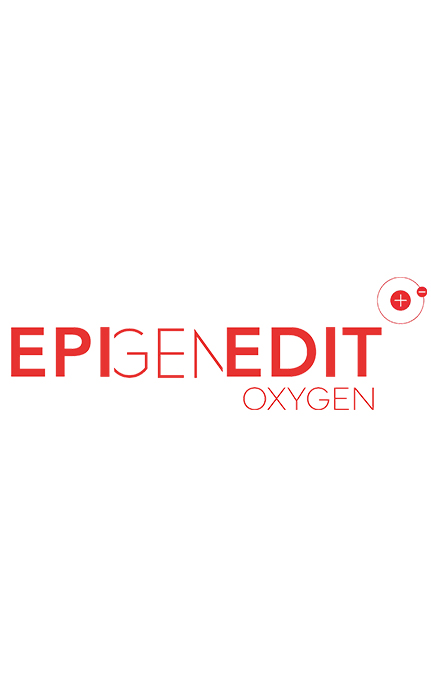When starting your business, I am sure you had a few pain points that you wanted to solve for your prospects.
Once you have identified your target audience, it is important that every business identifies issues that this audience finds urgent or frustrating.
This major step of understanding customers’ pain points will give you a direction on how you are going to solve these problems. As a result, you will be able to predict the products and services that customers need before they even exist.
How do you evaluate whether your organization is addressing real customer problems?
You can do this by answering the following questions:
- Can you convince customers to buy a product or service using an elevator pitch?
- What pain does your brand solve?
- Can you provide valid reasons why the target market should care?
- Is there a substantive market that benefits from your company’s solution?
- Who benefits the most in removing the pain?
What Are Customer Pain Points?
A pain point is a problem that your target audience is experiencing.
Problems that customers face vary from one person to another. Sometimes, you have put yourself in front of potential clients through marketing because they are not aware of the problems they are facing until they find your business.
Since pain points are many, I am going to give you four important categories of pain points:
- Financial Pain Points: This is where potential clients are spending a lot of money on a current service provider or product and they want to cut back.
- Productivity Pain Points: This is where your potential clients are wasting time using a particular service or product and are looking to use their time more effectively.
- Process Pain Points: This is where your potential clients want to improve their internal processes like assigning leads to sales representatives or nurturing lower-priority leads.
- Support Pain Points: This is where your potential clients are not receiving the right support they need during different stages of the customer journey.
Now that you are aware of different types of pain points, you can start coming up with ways your business can provide solutions to your potential clients.
For example, if your prospects’ pain points are primarily financial, you could offer a lower monthly subscription plan or show results of an increased ROI from a previous customer.
How Do I Identify My Customers’ Pain Points?
Now that we know what pain points are, we need to learn how to actually identify them.
You can do this by getting your potential client to answer the following questions:
1. What Does your client need or don’t need?
It is better to ask your target audience what they need instead of making assumptions. What do they want and expect from you?
Equally important, what don’t they need? Use this feedback to customize your offerings accordingly — or take a pass. Every potential client is not necessarily a good fit.
2. What Problems is your client facing?
As a digital marketing agency, we are often approached by clients who have a specific goal in mind.
“I need a website” or “I need a new logo” are common phrases we hear. However, the first thing we always ask our clients is, “What problems are you facing?”
Only then will we know if they actually do need a website or a logo because those are just two options out of millions of more successful routes.
3. Who Are the Decision-Makers in the project?, and What is the Approval Process?
Entrepreneurs often launch into a sales pitch before they’ve even properly qualified a potential client.
It’s important to determine if you’re speaking to and working with the right decision-makers and to understand the entire process for approval on a deal or project.
If you forget to ask those critical questions early on, you may find yourself having to start all over with a new stakeholder.
4. What are Your client’ Expectations?
Make sure you are continually keeping track of a client’s expectations throughout the course of the project. As scope and expectations change, so should the contract.
Discuss openly at the start of the project any risks of failure, budget overrun, or consequences if things go wrong. Running through these what-if scenarios now will set the tone for honest discussions further down the road.
5. What budget does your client have, and When does the work start?
Another important information we can obtain from our customers is the overall budget and projected starting date of the project.
Knowing their budgets allows you to determine the correct strategies to push, and knowing the starting date of the project allows us to accurately prioritize projects.
6. What does the client View as a Success?
What would you see as a success in working with us, and how can we over-deliver so you’ll want to refer everyone you know?
Asking these two questions helps us serve our clients better and ensure they will be happy with the work we produce.
7. What Next Steps does your client want to take and by When?
With a potential client, always close with “What’s the next step and by when?” The next step of interest could either be setting up a phone call or maybe just asking for a reply.
Either way, set the expectation. Never leave an outreach effort open-ended, but rather have an action in mind that you would like your prospect to take, and always try to set a commitment.
8. Does your client have a Need, and Is your company and the client a Match?
You need to find out two things before working with a potential client: Is there a need for your product/service and, if yes, are they a good match for your company? Without both, it’s difficult to achieve a long-term relationship.
9. How Can you help the client do their Job Better?
“How can I help you?” and “What else can I do?” are two questions you should always ask your client.
They want to work with you because they need your services/support and hopefully like you enough to share their business ideas and vision with you.
Your goal is to help them do their jobs better.
Tips for Addressing Business Pain Points
Now that we know how to identify pain points, we need to know how we can position ourselves as solution providers rather than salespeople.
Here are three tips to start positioning in this way:
-
Use your prospect’s language when talking about pain.
It is important to use language that your potential client understands instead of technical jargon that will leave them confused. This technique goes a long way in building trust with clients.
-
Find out who’s empowered to solve the pain.
It Is also very important to know the teams that will be involved in the buying decision and which department will provide the budget. Identify who will ink the deal.
-
Identify additional key stakeholders as early as possible.
If you’re selling to multiple teams and one team has completely different priorities than another, you need to know early. If you’ll have to go through a two-month legal review process before you can close a deal, you need to know early.
Prospects are sometimes worried they’ll appear less authoritative if they tell you they’re not the sole decision-maker, so I like to use the following questions to avoid that impression:
- Who besides yourself needs to be involved in this decision?
- Who else would want to know that we had this conversation?
Affirm your prospect’s involvement while asking for information, and it’ll be easier to make sure your pitch meets everybody’s requirements.
CONCLUSION
I hope this article was helpful in understanding what potential clients are trying to do when they look for solutions from a business like yours.
There is no one-size-fits-all when it comes to customers’ pain points, so you have to do research and get the best strategies to help them accomplish their goals.
What other tips do you have for helping customers overcome pain points?


